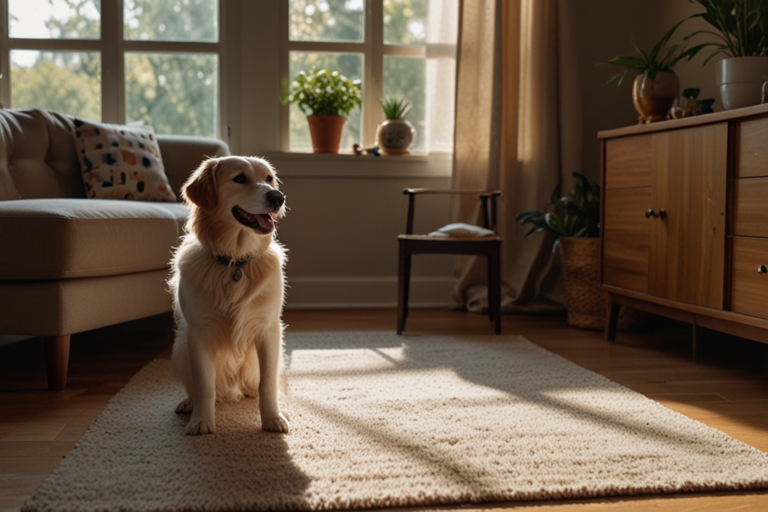How to Create a Safe Home Environment for Pets
Introduction
How to Create a Safe Home Environment for Pets! Creating a safe home for your pets is essential to ensure their well-being and happiness. A secure environment minimizes risks and provides a comfortable space for your furry friends to thrive. This guide outlines key strategies to help you pet-proof your home effectively.
Understanding Pet Safety
Pet safety involves recognizing potential hazards in your home and taking proactive steps to eliminate them. Understanding your pet’s behavior and natural instincts can help identify areas of concern.
Pet-Proofing Your Home
1. **Secure Hazardous Materials**: Store cleaning supplies, chemicals, and medications out of reach.
2. **Cover Electrical Outlets**: Use outlet covers to prevent pets from chewing on cords.
3. **Lock Away Small Objects**: Keep small items like coins, buttons, and rubber bands away, as they can pose choking hazards.
Furniture Arrangements for Safety
– **Stable Furniture**: Ensure that heavy furniture is stable and won’t tip over.
– **Avoid Clutter**: Keep walkways clear to prevent trips and falls for both you and your pets.
Water Safety in the Home
– **Supervise Near Water Sources**: Never leave pets unattended near bathtubs, pools, or buckets of water.
– **Use Barriers**: Install gates or barriers to restrict access to dangerous water areas.
Choosing Safe Household Items
– **Non-Toxic Cleaning Products**: Opt for pet-safe cleaning supplies.
– **Safe Toys**: Provide durable toys that don’t break easily and have no small parts.
Plant Safety in the Home Environment
– **Research Toxic Plants**: Remove or relocate any toxic plants from your home (like lilies, azaleas, or poinsettias).
– **Choose Pet-Safe Alternatives**: Consider pet-friendly plants like spider plants or Boston ferns.
Monitoring Heat Sources
– **Keep Pets Away from Stoves and Heaters**: Ensure that pets cannot access hot surfaces.
– **Use Safety Guards**: Install barriers around fireplaces and space heaters.
Training Your Pets
– **Basic Commands**: Teach commands like “leave it” and “stay” to help manage behavior.
– **Positive Reinforcement**: Use treats and praise to encourage good behavior and keep them safe.
Outdoor Safety Considerations
– **Secure Fencing**: Ensure your yard is securely fenced to prevent escapes.
– **Leash Training**: Always use a leash when walking your pet in public spaces to keep them safe.
Regular Veterinary Care
Routine check-ups with a veterinarian can help prevent health issues and ensure your pets are in good condition. Vaccinations and preventive treatments are key to maintaining their health.
Conclusion
Creating a safe home environment for pets requires thoughtful planning and ongoing attention. By implementing these strategies, you can help ensure your furry friends live happy, healthy lives in a secure setting. Regular assessments and adjustments to your home will contribute to their overall well-being.
